The Language of Love
In this guest post, Peru volunteer Mark Bierbaum takes us on a journey to a caring community, Sagrada Familia, sheltering at-risk children in Ventanilla outside Lima. He writes about volunteering with his wife, Maggie, and their 17-year-old son, Michael, his nervousness about using his remedial Spanish skills, and his path to communicating cross-culturally with the children and teenagers they served.
By Mark Bierbaum
I was completely unprepared. I tried again; “Me-ya-mo Mark” came out of my mouth but I could tell by the look on the children’s faces that I was not making sense. Two weeks of volunteer work lay ahead, and my mood sunk when I realized that good intentions and nominal travel Spanish would not be enough to make the difference that I had hoped for.
My volunteer service in Peru was with Sagrada Familia, a facility that started as a refuge for homeless children and evolved into a compound of improvised shelters that house, feed, educate, and treat hundreds of children each day in one of Lima’s largest slums. I was WHERE I wanted to be, but, without the communication skills I thought I needed.
Each day, volunteer service was a joyful ritual of providing English lessons and daycare support interspersed with endless hugs, handshakes, and greetings from children of every age. The dusty jumble of partially finished, overused brick and mortar classrooms and multi-use buildings were in stark contrast to the beautiful and loving children that drew strength and laughter from each other with ease.
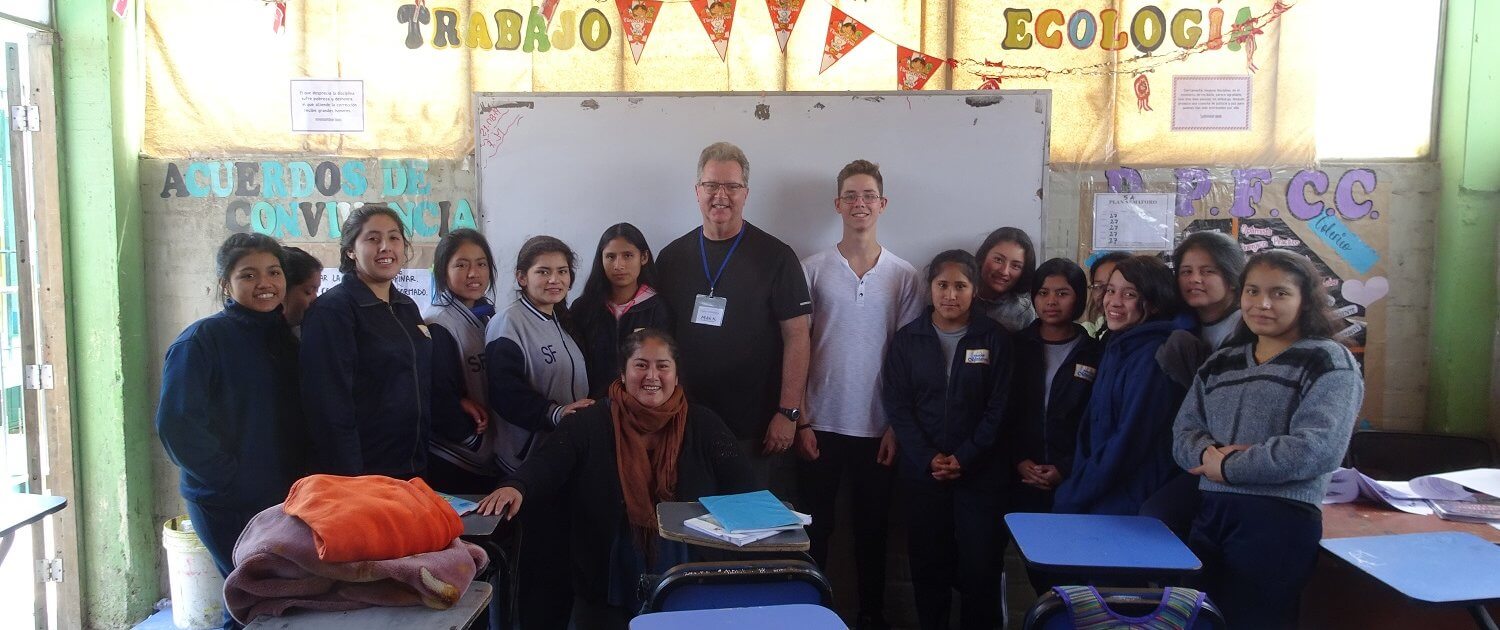
“Each day, volunteer service was a joyful ritual of providing English lessons and daycare support interspersed with endless hugs, handshakes, and greetings from children of every age.”
– Peru Volunteer Mark Bierbaum
One morning the founder of Sagrada Familia, Miguel Rodríguez, shared the story of how, after the death of his infant son, he started feeding and taking in homeless children. He eventually dedicated his family, wealth, and life to establishing what is now a sanctuary for over 1,300 children. As he finished, I posed my question: “I can understand how the walls, the food, the facility came to be, but, how did you create the atmosphere of love, respect, and caring among these children?”
His response was simple and profound: “Look at people thru the eyes of Christ and use the language of Love.“ “The language of love,” he explained, “is done with your eyes, your hands, and your smile.” “Hands are not only for work. They are for hugging, holding, and comforting.” “Do this,” he whispered, “and they may well follow the example.”
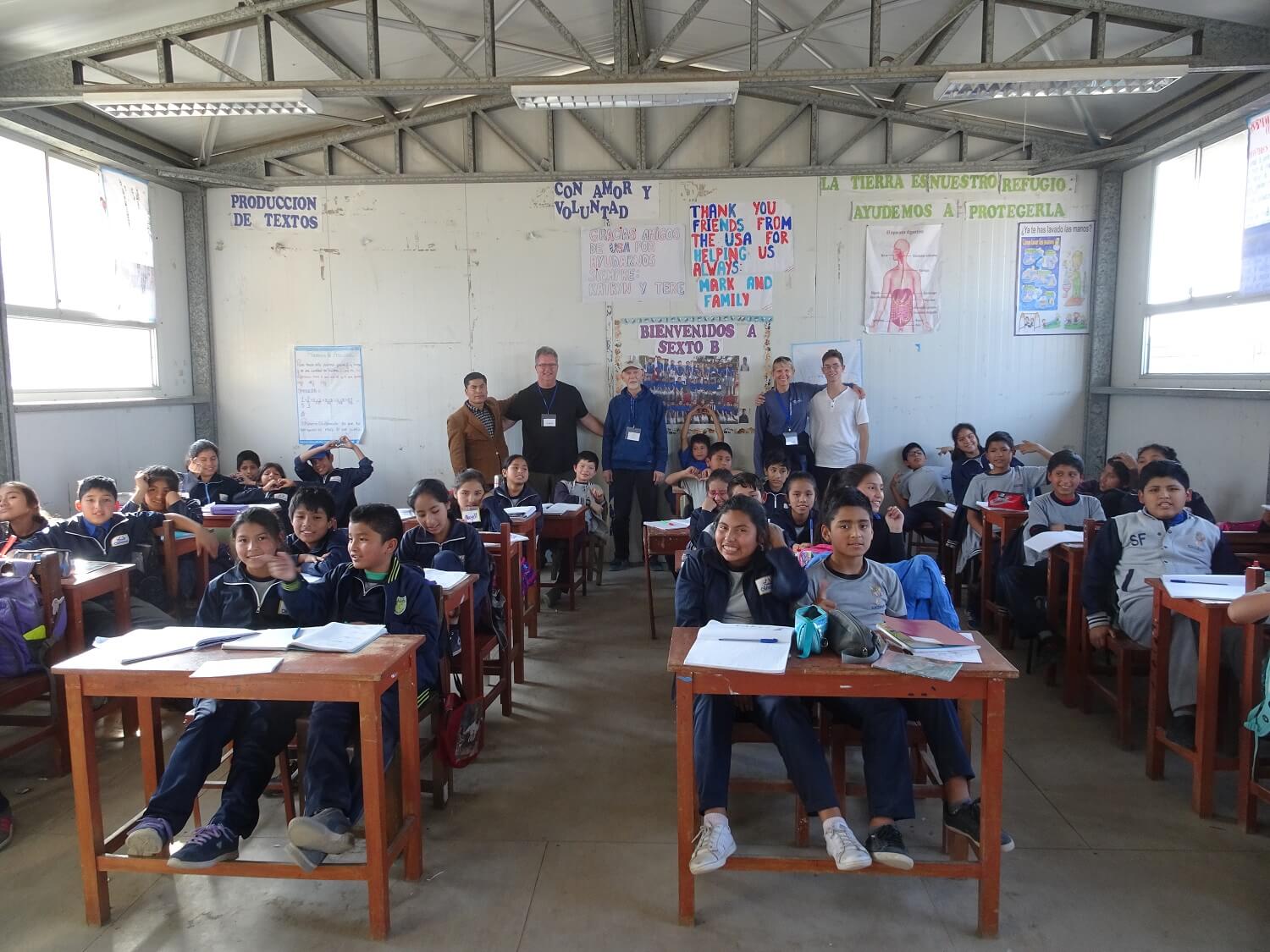
Volunteers Mark, Bruce, Maggie, and Michael with Teacher Hugo and 6th grade students 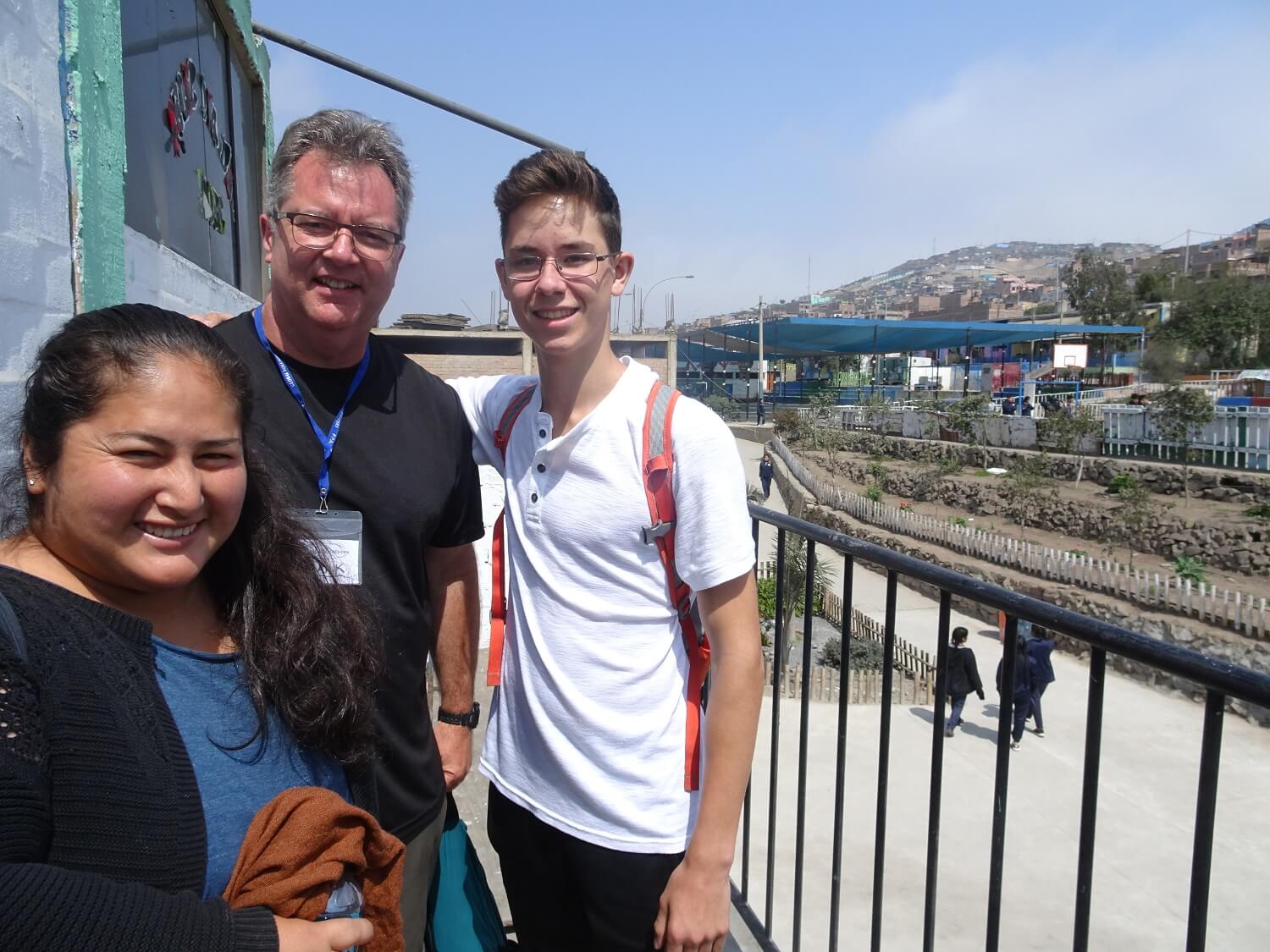
Mark and Michael with Liz, a high school English teacher at Sagrada Familia
“The language of love is done with your eyes, your hands, and your smile.”
– Miguel Rodríguez, founder of Sagrada Familia
This simple statement carried weight. These children had communicated love, respect, and warmth to me and each other without a word being spoken. These emotions, so hard to convey, did not need translation at all. And the catalyst for this? One person with the belief that being an example can change others.
“These children had communicated love, respect, and warmth to me and each other without a word being spoken.”
– Mark Bierbaum
For the remainder of my service, I resolved to worry less about my lack of Spanish, and instead, focus on using the language of love. Moreover, when I returned home, I challenged myself to use it more in my everyday life and to be mindful that being an example is sometimes all the power that is needed.
I miss the children, but, in hindsight, I guess I was more prepared for this experience than I thought. I had just focused on the wrong language.
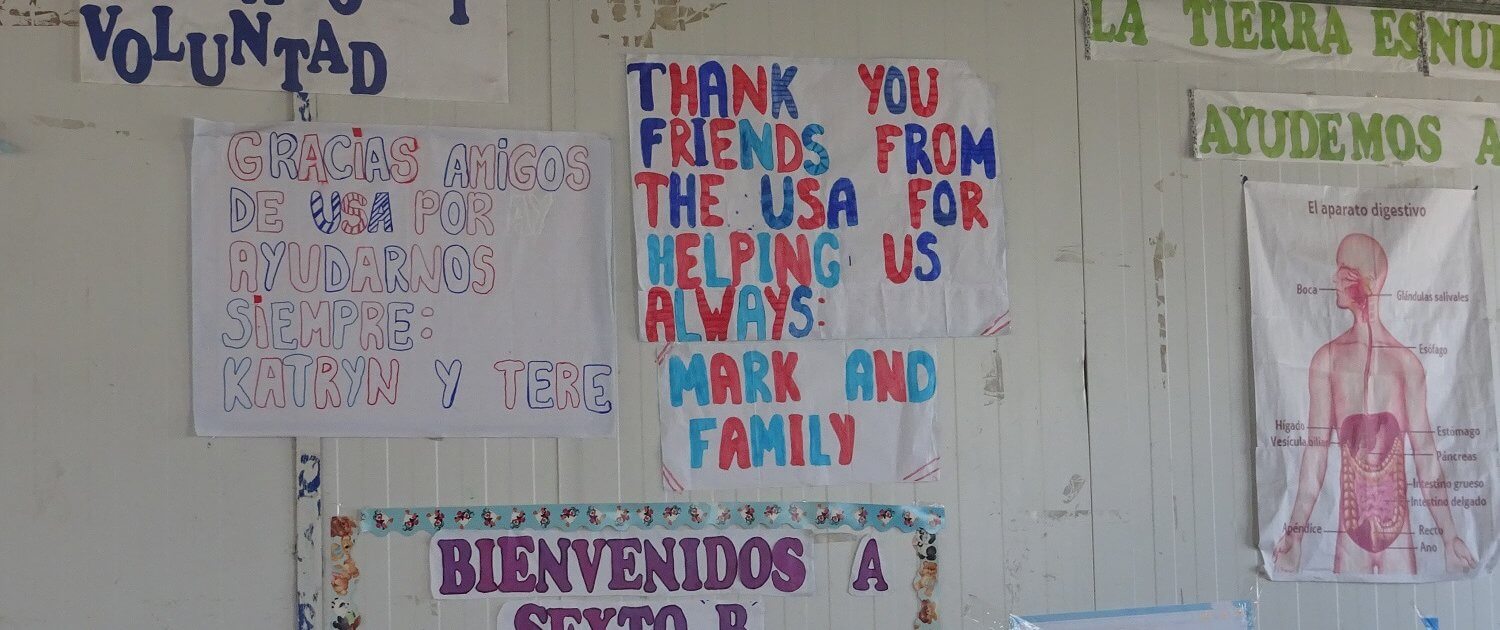

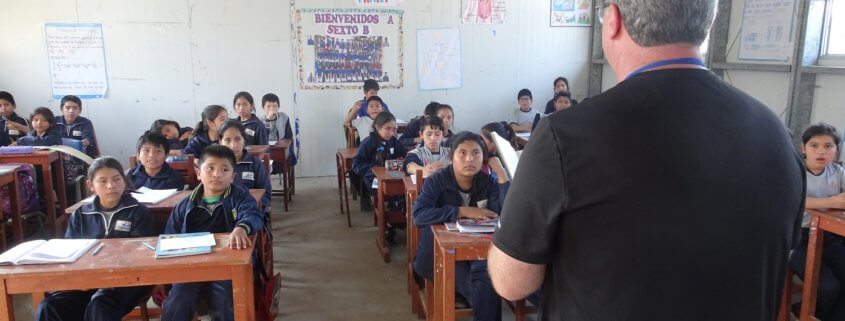


Leave a Reply
Want to join the discussion?Feel free to contribute!